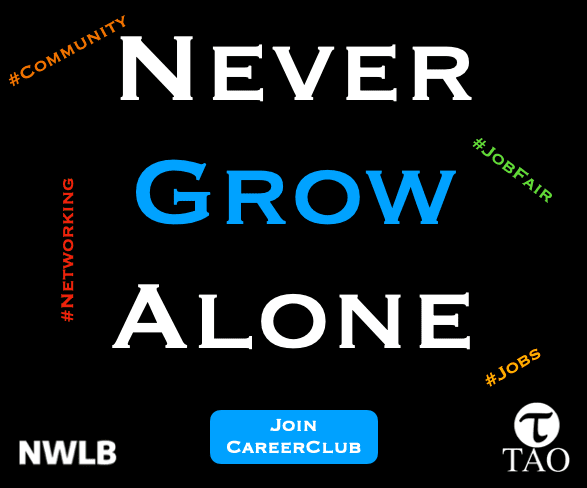In the bustling economic landscape of New York—a melting pot of cultures, identities, and ideas—the terms ‘diversity’ and ‘inclusion’ are more than mere buzzwords. They are the pillars upon which innovative and forward-thinking companies build their success. Yet, despite widespread acknowledgment of their importance, the practical application within the New York workforce reveals a different narrative—one where the lofty ideals often don’t match the reality on the ground.
The current state of diversity and inclusion in New York’s industries is a tapestry of intention and implementation. Companies proudly tout their commitment to creating diverse and inclusive environments, but employees from underrepresented groups tell stories of isolation, subtle biases, and glass ceilings that point to a starkly different experience.
A deep dive into company culture reveals that diversity and inclusion must be more than a chapter in the employee handbook or a slide in a presentation. They must be woven into the very fabric of the organization, from the top echelons of leadership to the newest members of the team. This is not just about numbers and meeting quotas; it’s about valuing diverse perspectives, fostering equitable opportunities for growth, and creating a workplace where every voice is heard and respected.
The impact of genuine diversity and inclusion practices on company culture cannot be overstated. When employees from varied backgrounds feel valued, they are more engaged, more innovative, and more invested in the company’s success. This not only enhances employee satisfaction but also translates into tangible financial gains. Studies show that companies with diverse workforces are more profitable, demonstrating that inclusion is not just morally imperative but also a smart business strategy.
However, the road to achieving true diversity and inclusion is fraught with tokenistic pitfalls. It’s easy for businesses to fall into the trap of performative measures—hosting a one-off workshop, celebrating heritage months without substantive policy changes, or hiring a ‘token’ employee to showcase diversity. Such initiatives, while often well-intentioned, fail to address systemic issues and can lead to cynicism among employees who see through these superficial efforts.
So, what does it take for businesses to move beyond performative diversity and embrace real change? It starts with leadership that is not only diverse in composition but also deeply committed to the principles of inclusion. Leaders must be willing to listen, learn, and take action—even when it’s uncomfortable. Policies and practices need to be scrutinized and restructured to eliminate biases and barriers to entry and advancement for underrepresented groups.
Moreover, businesses must invest in ongoing education and create safe spaces for dialogue, allowing employees to express concerns and share experiences without fear of retribution. Recruitment practices should be audited for inclusivity, ensuring that a diverse pool of candidates is considered for every position. And perhaps most importantly, success metrics must be established to measure progress in diversity and inclusion, holding the company accountable to its commitments.
In conclusion, if New York’s companies aim to be as diverse and dynamic as the city they operate in, the path forward is clear. It’s time to move beyond rhetoric and take decisive action towards creating workplaces that reflect the rich diversity of the human experience. In doing so, businesses will not only do right by their employees but also set themselves up for unparalleled success in an increasingly interconnected world.
As the guardians of The Work Times, a publication that mirrors the integrity of The New York Times for our domain, we champion the journey towards a genuinely inclusive workforce. We believe that the time for change is now, and we stand with every New York business ready to turn the page from diversity as a buzzword to diversity as a business revolution.












